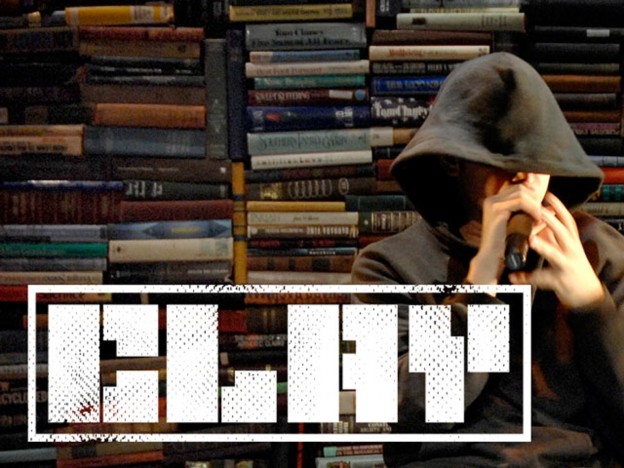The characters from Shakespeare’s 1Henry IV are engaged in constant forgetting as it appears that forgetting is a tool, used by characters throughout the play to achieve their through actions. Literary critic Greenblatt discusses the play in terms of producing and containing subversion and disorder, and forgetting is to some scholars what drives the chaos. According to Jonni Koonce Dunn (Ph.D), forgetting is not just the absence of memory but also a coordinated erasure “conducive to re-imagination and re-inscription” (4). Continue reading







